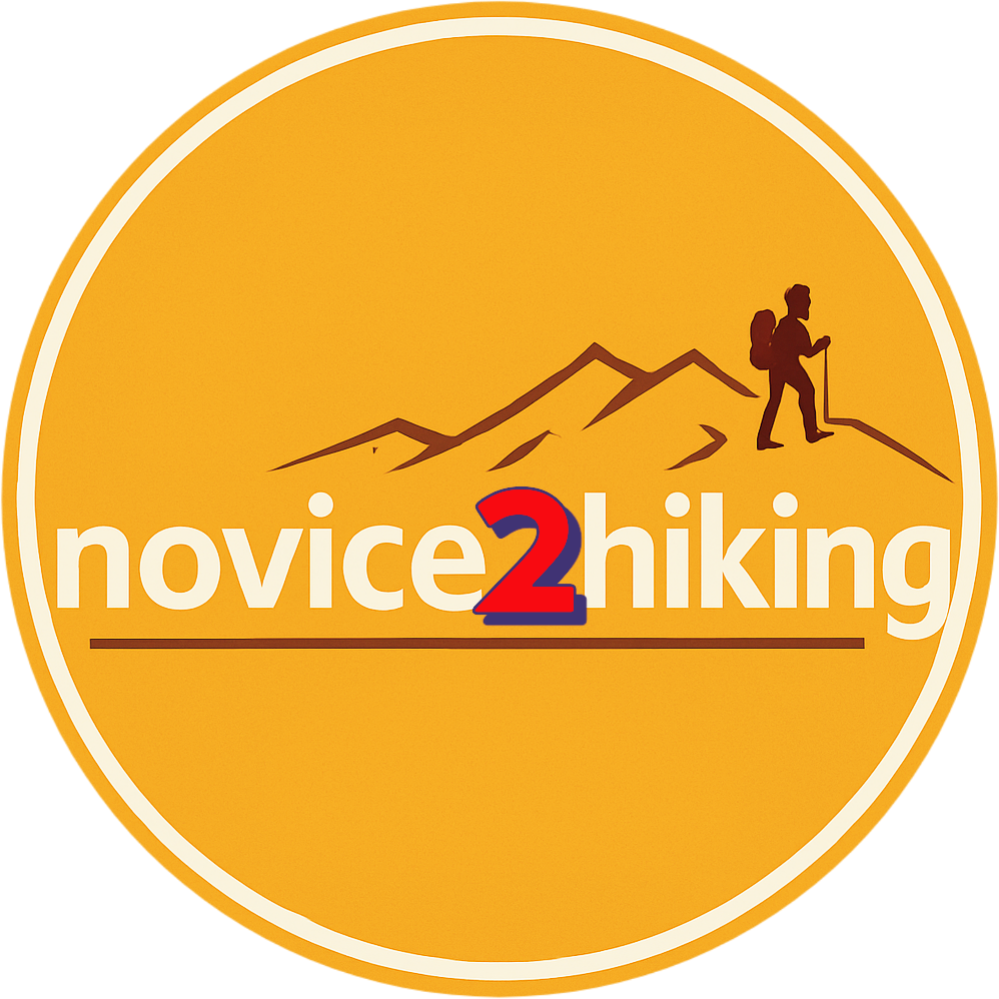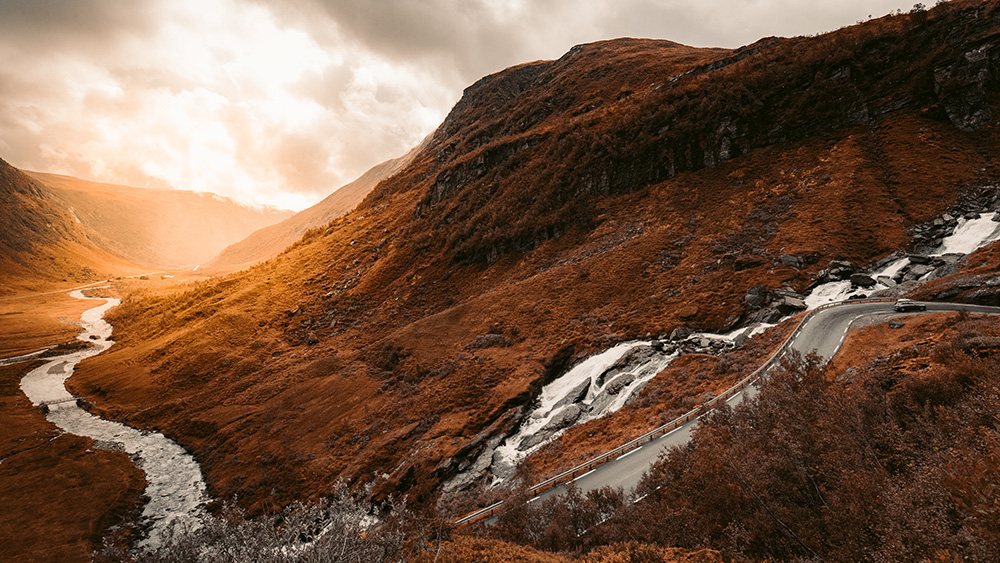Your first few hikes should be about discovery, not discomfort. But too many new hikers find themselves cold, soaked, hungry or worse. Lost even simply because they weren’t prepared with the essential hiking gear for beginners. The good news? You don’t need a trunk full of high-end equipment. With a few smart essentials and a little planning, you can hit the trail with confidence and enjoy the experience without worrying about every little detail
Let’s walk through the core gear you’ll want to bring on your first few hikes, and why each piece matters more than you might expect.

Best Daypack for Beginners (15–25L)
Forget the giant packs you’ve seen in thru-hiking documentaries. For beginners, a small daypack is all you need. Something around 15 to 25 liters is perfect for carrying your water, snacks, a light jacket, and any extras without weighing you down. Look for one with padded shoulder straps and a chest clip—it’ll make a bigger difference than you think over a few hours of walking.
I’ve used a few over the years, but one of the simplest and most reliable daypacks for new hikers is the Osprey Daylite. It’s light, fits snugly, and won’t overheat your back. But any pack that’s comfortable, fits your body, and holds the basics will do just fine to start.
Hydration Gear: Bottle vs. Bladder
Here’s something no one tells you: hiking dehydrates you faster than you’d expect. Even on cool days, climbing up hills or walking in the sun can dry you out quickly. You don’t need a fancy hydration system for your first hike, but bringing enough water is non-negotiable.
Some hikers prefer hydration bladders that fit inside their backpack with a sipping tube over the shoulder. Others stick with simple stainless-steel or BPA-free plastic bottles. Personally, I like a reusable bottle that keeps water cool—especially during summer but you can choose the gear that matches your style:
- Water Bottle – BPA-free or stainless steel, simple and reliable
- Hydration Bladder – hands-free sipping with tubing, great for long walks
Pro tip: Bring at least 2–3 liters of water on summer hike
Easy Trail Snacks That Fuel Your Hike
Don’t overlook snacks, even for shorter hikes. It’s not just about staying energized—eating a little along the way actually helps your body absorb water better and maintain steady energy. Think simple: a handful of trail mix, a granola bar, or a peanut butter sandwich will go a long way. Skip anything that melts or needs refrigeration.
On longer hikes, I like packing a couple of bars (like Clif or RXBAR), some nuts, and maybe a few dried mango slices. Keep it simple, and always bring a little more than you think you’ll need.
Navigation Tools for First-Time Hikers
AllTrails and similar apps are fantastic tools, but they’re only as good as your signal or your battery. Before heading out, make sure to download the trail map for offline use, and take a quick screenshot of the trailhead information just in case.
For peace of mind, I always recommend carrying a small paper map or a basic compass on unfamiliar trails. You may never use them—but if your phone dies or takes a tumble, you’ll be glad you have them.
Beginner’s First-Aid Kit Essentials
You don’t need a full trauma kit, but a few basics can make all the difference if you get a blister, a scrape, or a twisted ankle. Toss in some bandages, antiseptic wipes, blister pads, and a small roll of tape. Tweezers and ibuprofen aren’t bad to have either. You can buy a ready-made kit or build your own.
I once saved a friend’s hike with a single blister pad—it’s a small thing, but it kept him going for another four miles in comfort.
So:
- Bandages & blister pads
- Antiseptic wipes
- Tweezers & small tape roll
- Ibuprofen
Bonus Gear to Enhance Comfort & Safety
While the previous points cover the absolute essential hiking gear for beginners, these extras can significantly enhance your comfort and safety on the trail. Depending on where you hike, you might also want to bring a compact rain jacket, a small flashlight or headlamp (especially if you’re starting later in the day), and some bug spray or sunscreen. I keep these in my daypack at all times, so I don’t forget them.
Oh—and if you’re someone who loves multitools or gadgets, a lightweight pocket knife can be handy. It’s not required, but nice to have for opening snacks, cutting cord, or whittling while you rest.
Your Essential Hiking Gear for Beginners: The Bottom Line
Hiking doesn’t need to be expensive or complicated. A good backpack, plenty of water, a few snacks, a way to navigate, and a tiny first-aid kit are all you really need to start.
The more you hike, the more you’ll figure out what extras matter to you. For now, focus on enjoying the trail, listening to your body, and soaking in the experience. The gear is just there to support the journey—not define it.
If you’re curious about the exact gear best used as a beginner, we’ve linked a few solid starter options here.


